Introduction #
The authors released an open-source AquaTrash Dataset which consists of 369 images from 4 different categories related to various litter items. All the images in the AquaTrash dataset are manually annotated to obtain accuracy in the results. The dataset is based on the TACO data set.
Note, similar AquaTrash Dataset dataset is also available on the DatasetNinja.com:
Motivation
The escalating global pollution levels have emerged as a paramount concern for individuals, policymakers, and environmentalists alike. Substantial efforts are underway to mitigate air and water pollution, primarily driven by human activities. The pervasive impact of human-induced pollution is evident through the ubiquitous presence of waste across the planet, from remote regions like the Himalayas to vast expanses such as the Indian Ocean. Presently, the oceans are burdened with an estimated 5.25 trillion litter objects, a figure that continues to escalate daily. Among this staggering quantity of debris are numerous hazardous materials that pose significant threats to marine ecosystems. These pollutants encompass a range of harmful substances including plastics, bottles, chemical waste, and various toxic contaminants, contributing to widespread environmental degradation.
The adverse effects of marine pollution extend beyond environmental concerns, posing severe ramifications for small-scale economic activities reliant on marine resources. Alarmingly, it is estimated that approximately 90% of the world’s fisheries have already been depleted, signaling a dire state of affairs. Projections indicate a concerning trajectory, with the anticipated ratio of fish to plastic waste projected to equalize at 1:1 by 2050, compared to 1:5 in 2014. This alarming trend underscores the urgent need for proactive measures to mitigate environmental degradation. Swift action is imperative to steer away from this perilous path and safeguard the integrity of our ecosystems, as it stands as an urgent imperative for the present moment.
Dataset description
There are very few open-source datasets available which consist of a large number of garbage images and could be used for the proposed study. A comparative study has been done between the two available datasets – TrashNet and TACO dataset. Both the datasets have some shortcomings such as either the annotations were crowdsourced and unreliable or there were no annotations at all. So, the authors have proposed an other dataset AquaTrash to perform various experiments using the proposed AquaVision model. They have also released an open-source dataset AquaTrash which consists of 369 images from 4 different categories related to various litter items. All the images in the AquaTrash are manually annotated to obtain accuracy in the results. The AquaTrash dataset consists of 369 images from the TACO dataset and represents manually annotated trash objects in each image.
A sample image from AquaTrash dataset with a yellow box as Ground Truth Label.
| Parameters | TrashNet [5] | TACO [6] |
|---|---|---|
| Number of Images | 2527 | ~1500 |
| Number of Annotations | Labeled Data | ~4784 |
| Mode of annotation | None | Crowd-source |
| Categories | 6 | ~28 (excluding sub-categories) |
| Size | ~3.5 GB | ~2.63 GB |
| Background | Plain | Random |
A comparison of two open source Trash datasets available with proposed dataset.
Summary #
AquaTrash Dataset is a dataset for an object detection task. It is used in the environmental industry.
The dataset consists of 369 images with 469 labeled objects belonging to 4 different classes including plastic, paper, metal, and other: glass.
Images in the AquaTrash dataset have bounding box annotations. All images are labeled (i.e. with annotations). There are no pre-defined train/val/test splits in the dataset. The dataset was released in 2020 by the Department of Computer Science and Engineering, India, School of Engineering and Sciences, Mexico, and Department of Computer Science and Engineering, Bangladesh.

Explore #
AquaTrash dataset has 369 images. Click on one of the examples below or open "Explore" tool anytime you need to view dataset images with annotations. This tool has extended visualization capabilities like zoom, translation, objects table, custom filters and more. Hover the mouse over the images to hide or show annotations.

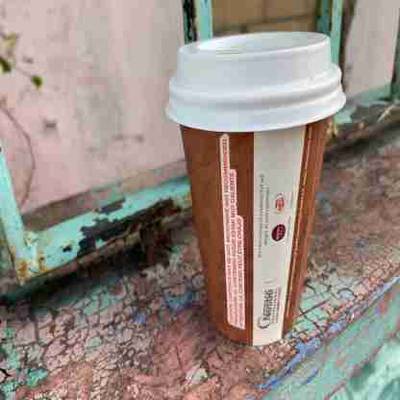

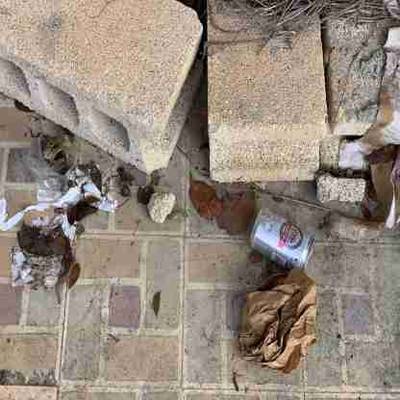



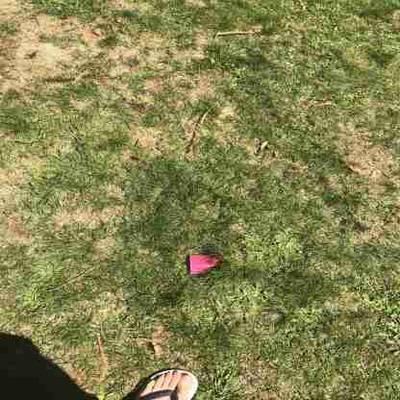

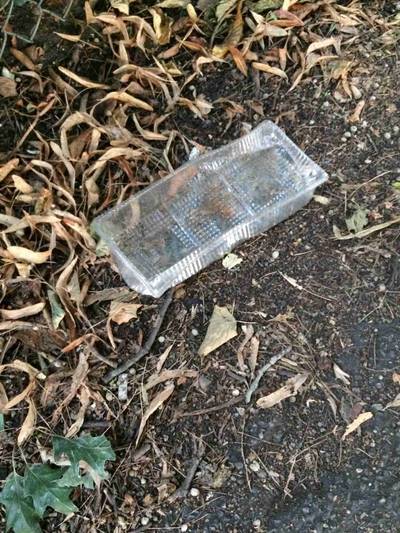



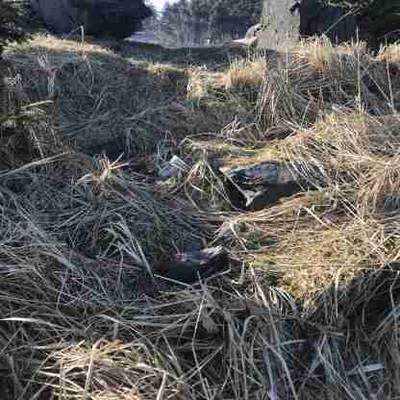

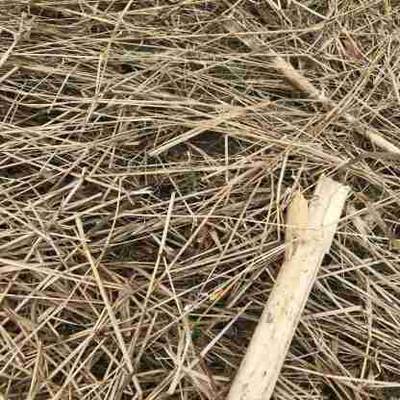

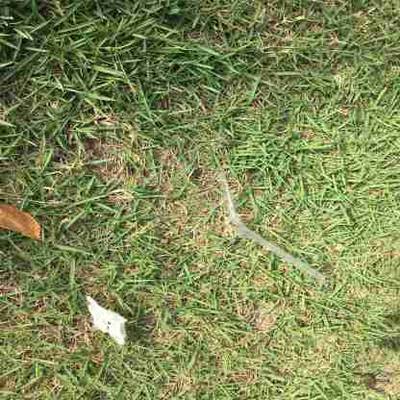

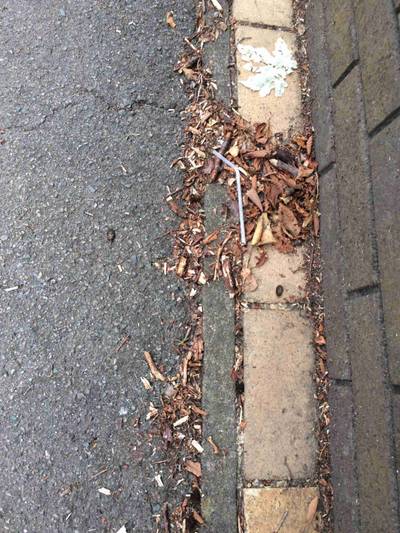

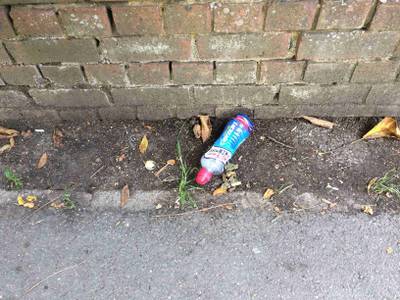

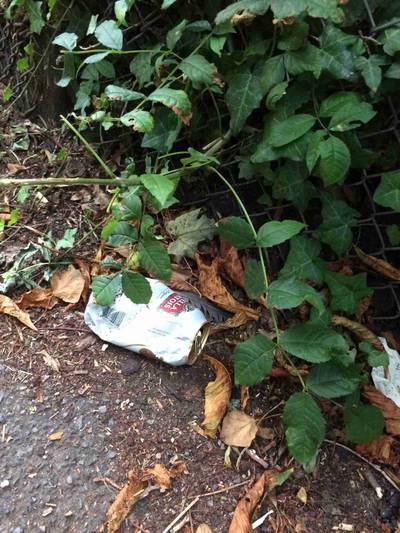

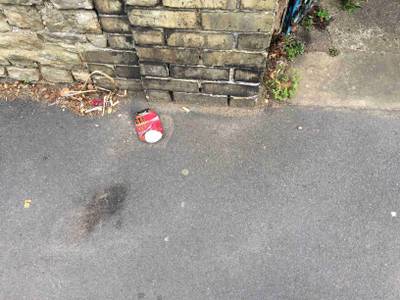

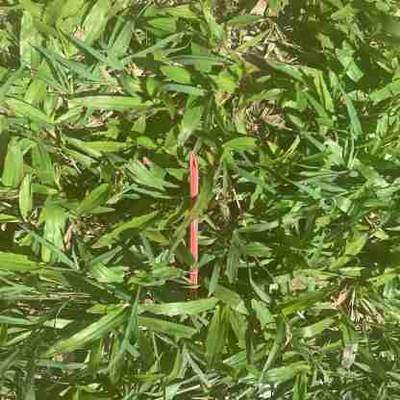

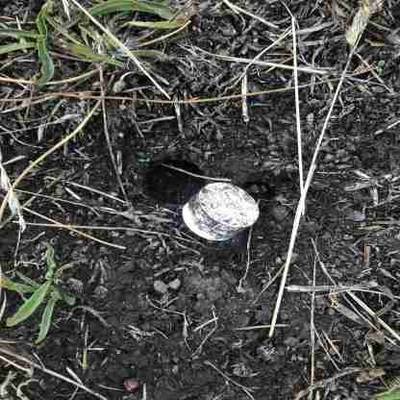

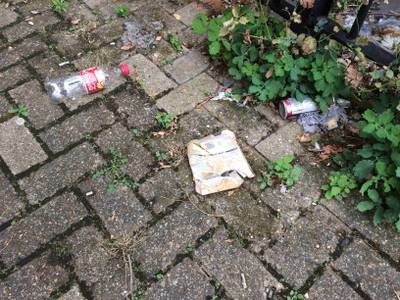



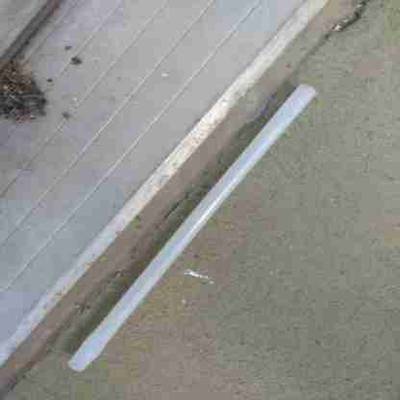





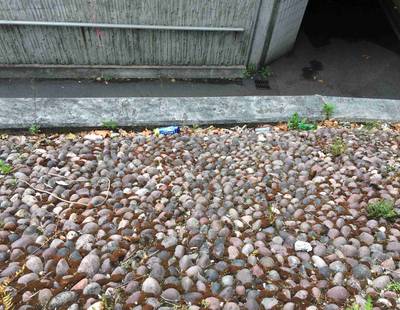



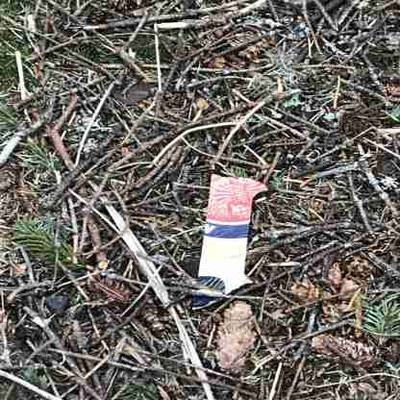

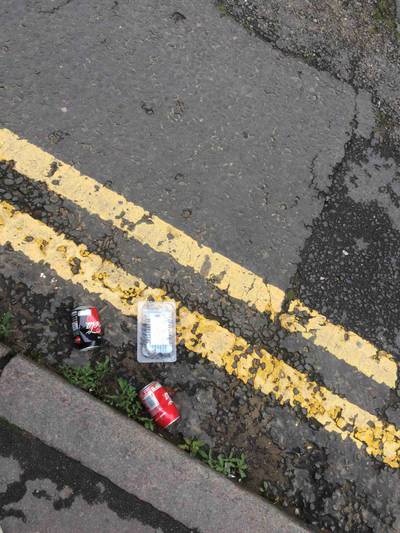












Class balance #
There are 4 annotation classes in the dataset. Find the general statistics and balances for every class in the table below. Click any row to preview images that have labels of the selected class. Sort by column to find the most rare or prevalent classes.
Class ㅤ | Images ㅤ | Objects ㅤ | Count on image average | Area on image average |
|---|---|---|---|---|
plastic➔ rectangle | 179 | 191 | 1.07 | 7.62% |
paper➔ rectangle | 106 | 116 | 1.09 | 7.66% |
metal➔ rectangle | 96 | 118 | 1.23 | 5.63% |
glass➔ rectangle | 37 | 44 | 1.19 | 10.44% |
Co-occurrence matrix #
Co-occurrence matrix is an extremely valuable tool that shows you the images for every pair of classes: how many images have objects of both classes at the same time. If you click any cell, you will see those images. We added the tooltip with an explanation for every cell for your convenience, just hover the mouse over a cell to preview the description.
Images #
Explore every single image in the dataset with respect to the number of annotations of each class it has. Click a row to preview selected image. Sort by any column to find anomalies and edge cases. Use horizontal scroll if the table has many columns for a large number of classes in the dataset.
Object distribution #
Interactive heatmap chart for every class with object distribution shows how many images are in the dataset with a certain number of objects of a specific class. Users can click cell and see the list of all corresponding images.
Class sizes #
The table below gives various size properties of objects for every class. Click a row to see the image with annotations of the selected class. Sort columns to find classes with the smallest or largest objects or understand the size differences between classes.
Class | Object count | Avg area | Max area | Min area | Min height | Min height | Max height | Max height | Avg height | Avg height | Min width | Min width | Max width | Max width |
|---|---|---|---|---|---|---|---|---|---|---|---|---|---|---|
plastic rectangle | 191 | 7.14% | 78.12% | 0.1% | 18px | 2.94% | 2153px | 94.47% | 299px | 21.43% | 10px | 2.4% | 1687px | 82.69% |
metal rectangle | 118 | 4.61% | 33.77% | 0.24% | 17px | 4.09% | 1234px | 76.97% | 352px | 18.33% | 19px | 4.57% | 1215px | 66.11% |
paper rectangle | 116 | 7.01% | 61.91% | 0.3% | 25px | 6.01% | 1854px | 81.25% | 338px | 20.54% | 19px | 4.57% | 1462px | 83.28% |
glass rectangle | 44 | 9.09% | 32.3% | 0.42% | 27px | 6.49% | 2172px | 92.06% | 483px | 28.27% | 20px | 4.81% | 1596px | 75.48% |
Spatial Heatmap #
The heatmaps below give the spatial distributions of all objects for every class. These visualizations provide insights into the most probable and rare object locations on the image. It helps analyze objects' placements in a dataset.

Objects #
Table contains all 469 objects. Click a row to preview an image with annotations, and use search or pagination to navigate. Sort columns to find outliers in the dataset.
Object ID ㅤ | Class ㅤ | Image name click row to open | Image size height x width | Height ㅤ | Height ㅤ | Width ㅤ | Width ㅤ | Area ㅤ |
|---|---|---|---|---|---|---|---|---|
1➔ | metal rectangle | 000032_jpg.rf.fee88c0ab919cec5db2c78d4cb2d2b3d.jpg | 2049 x 1537 | 343px | 16.74% | 465px | 30.25% | 5.06% |
2➔ | paper rectangle | 000074_JPG.rf.67fca822f9b1926b356922af64e583f4.jpg | 3264 x 2448 | 334px | 10.23% | 167px | 6.82% | 0.7% |
3➔ | plastic rectangle | 000085_jpg.rf.3474819b7c82c49b380fcdf478766207.jpg | 416 x 416 | 37px | 8.89% | 37px | 8.89% | 0.79% |
4➔ | plastic rectangle | 000009_jpg.rf.8434a803f417f51fe5ebe4f6b9697cce.jpg | 416 x 416 | 89px | 21.39% | 74px | 17.79% | 3.81% |
5➔ | plastic rectangle | 000023_JPG.rf.c65a0d2377e99a060d4cfac3b8273594.jpg | 2448 x 3264 | 203px | 8.29% | 435px | 13.33% | 1.11% |
6➔ | plastic rectangle | 000023_JPG.rf.c65a0d2377e99a060d4cfac3b8273594.jpg | 2448 x 3264 | 251px | 10.25% | 1301px | 39.86% | 4.09% |
7➔ | plastic rectangle | 000078_jpg.rf.7bbd087a733dfd7a22418dab6e9d0bce.jpg | 416 x 416 | 38px | 9.13% | 59px | 14.18% | 1.3% |
8➔ | metal rectangle | 000033_jpg.rf.b651954382c3ffa0651021309555c8d9.jpg | 416 x 416 | 107px | 25.72% | 99px | 23.8% | 6.12% |
9➔ | plastic rectangle | 000067_jpg.rf.a9517e2a94617e0eb350cc2dedc84fa7.jpg | 416 x 416 | 106px | 25.48% | 87px | 20.91% | 5.33% |
10➔ | plastic rectangle | 000010_jpg.rf.d731a0e01f49ec0a95a0f3a1b10ef155.jpg | 2049 x 1537 | 381px | 18.59% | 516px | 33.57% | 6.24% |
License #
Both the images and annotations provided by this dataset are all under free copyright licences.
While the annotations are licenced under CC BY 4.0, images may be under different specific public
licences since these were obtained from different sources and users. The licence along with the
original URL of each individual image are referenced in the accompanying annotation file. If the
licence entry is missing, then this is by default: CC BY 4.0.
Citation #
If you make use of the AquaTrash data, please cite the following reference:
@dataset{AquaTrash,
author={Harsh Panwar and P.K. Gupta and Mohammad Khubeb Siddiqui and Ruben Morales-Menendez and Prakhar Bhardwaj and Sudhansh Sharma and Iqbal H. Sarker},
title={AquaTrash Dataset},
year={2020},
url={https://github.com/Harsh9524/AquaTrash}
}
If you are happy with Dataset Ninja and use provided visualizations and tools in your work, please cite us:
@misc{ visualization-tools-for-aqua-trash-dataset,
title = { Visualization Tools for AquaTrash Dataset },
type = { Computer Vision Tools },
author = { Dataset Ninja },
howpublished = { \url{ https://datasetninja.com/aqua-trash } },
url = { https://datasetninja.com/aqua-trash },
journal = { Dataset Ninja },
publisher = { Dataset Ninja },
year = { 2026 },
month = { jan },
note = { visited on 2026-01-14 },
}Download #
Dataset AquaTrash can be downloaded in Supervisely format:
As an alternative, it can be downloaded with dataset-tools package:
pip install --upgrade dataset-tools
… using following python code:
import dataset_tools as dtools
dtools.download(dataset='AquaTrash', dst_dir='~/dataset-ninja/')
Make sure not to overlook the python code example available on the Supervisely Developer Portal. It will give you a clear idea of how to effortlessly work with the downloaded dataset.
The data in original format can be downloaded here.
Disclaimer #
Our gal from the legal dep told us we need to post this:
Dataset Ninja provides visualizations and statistics for some datasets that can be found online and can be downloaded by general audience. Dataset Ninja is not a dataset hosting platform and can only be used for informational purposes. The platform does not claim any rights for the original content, including images, videos, annotations and descriptions. Joint publishing is prohibited.
You take full responsibility when you use datasets presented at Dataset Ninja, as well as other information, including visualizations and statistics we provide. You are in charge of compliance with any dataset license and all other permissions. You are required to navigate datasets homepage and make sure that you can use it. In case of any questions, get in touch with us at hello@datasetninja.com.


